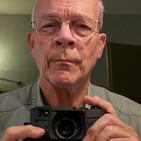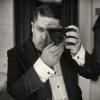Comparing images from Hasselblad H4D50, Sony A7Rii and Leica SL
-
Recently Browsing 0 members
- No registered users viewing this page.
-
Similar Content
-
- 562 replies
- 92,251 views
-
- 4,942 replies
- 516,017 views
-
- 6,034 replies
- 562,877 views
-
- 5,321 replies
- 487,563 views
-
- 9,945 replies
- 1,117,473 views
-






Recommended Posts
Join the conversation
You can post now and register later. If you have an account, sign in now to post with your account.
Note: Your post will require moderator approval before it will be visible.